Posts About Wild Bee Survey
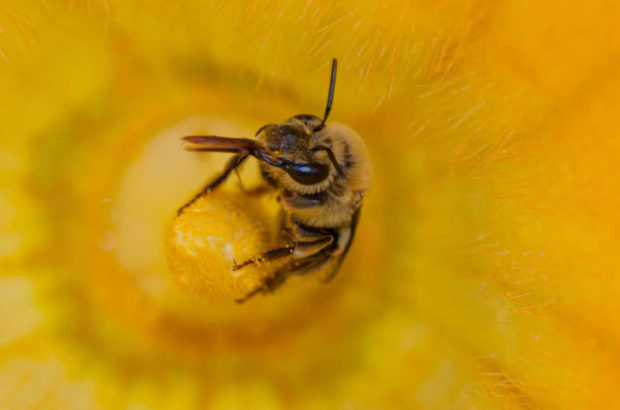
Pruinose Squash Bee Mission Update
Earlier this year, we called on our Citizen Scientists to find as many Pruinose Squash Bees as possible. Find out the results of this mini-mission!
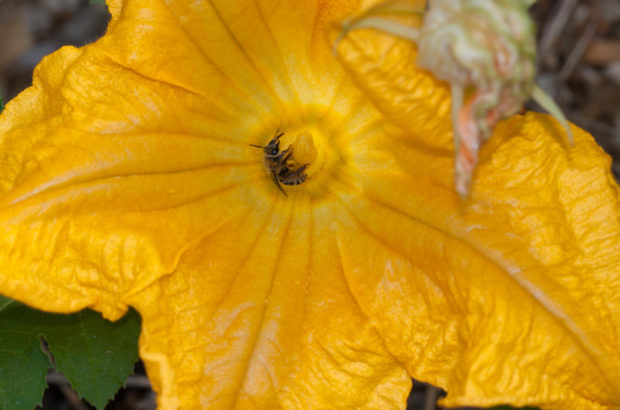
Mission: Find and Share Observations of Squash Bees from Your Garden
The Eastern Squash Bee is an important pollinator of cultivated crops of squash, pumpkins, and related plants. Only reported in five counties so far, we need your help in recording the range of this species in Vermont. Just watch some squash flowers in your garden with camera in hand!
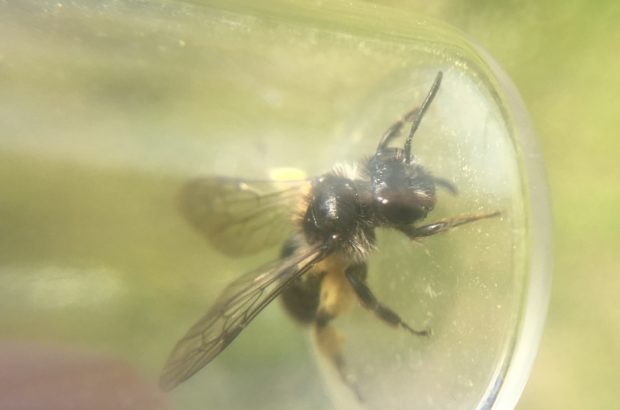
Help Us Find August Bees!
While July might have been the best month for bee diversity, August brings the best chance for rare species that can be identified from photos. In addition to the many fall specialists, there are numerous kleptoparasitic species active right now.
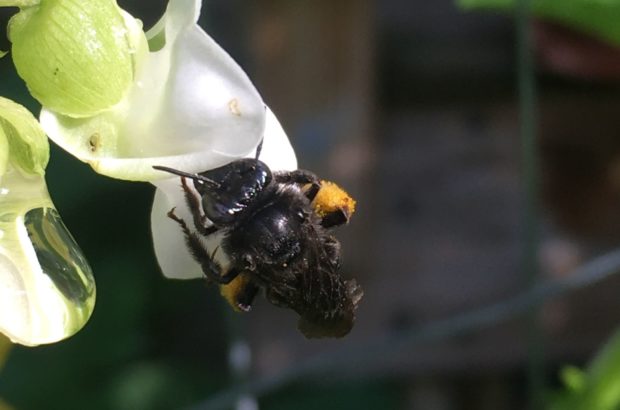
The Bees of July
As June fades into July, summer strengthens its grip on the landscape, bringing with it sweltering days and billowing thunderheads. It also means increased bee activity after a month with relatively little. In terms of diversity of genera, July may be the best month for bee watching in Vermont.
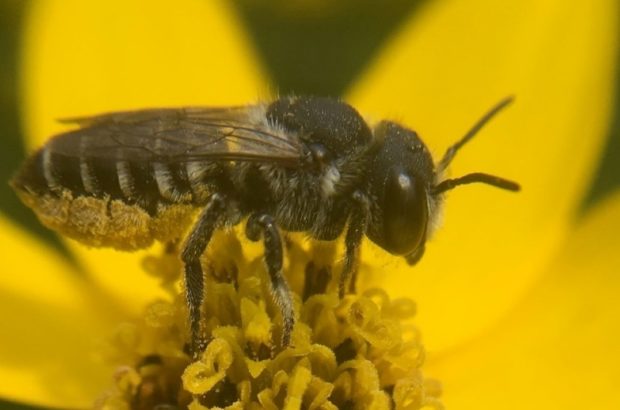
The Bees of June
As spring begins to fade into summer, bee diversity shifts. In fact, June is a slow month for northeastern bee diversity—most of the spring specialists have come and gone, many bumble bee queens are underground laying eggs, and a majority of workers won’t appear in significant numbers until the end of the month. Of course, there are still plenty of bees to find, and several genera appear for the first time in June.
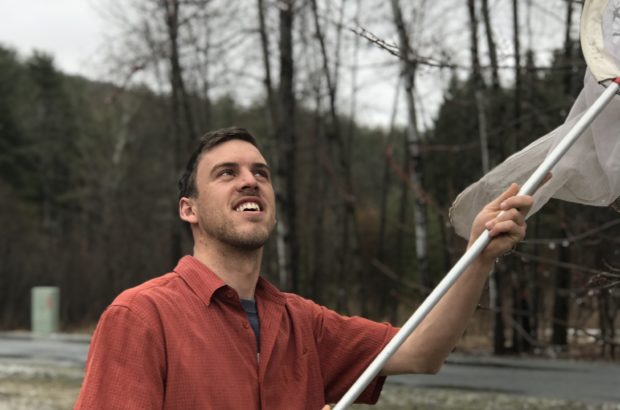
Discover the Bees in Your Backyard this Spring
Despite the human world grinding to a halt in the past month, spring is still on schedule. As evidence, two bee species were reported to the Vermont Atlas of Life on iNaturalist in March – Frigid Mining Bee (Andrena frigida) and Tricolored Bumble Bee (Bombus ternarius) – and many more will soon be flying! Spencer Hardy, VCE’s Vermont Wild Bee Survey Project Coordinator, shares a video from the field, and how you can get involved in the Vermont Wild Bee Survey.

Vermont Wild Bee Survey Records Over 9,000 Bees in 2019
The Vermont Wild Bee Survey reached a milestone when it processed the 7,680th and final bee specimen from our 2019 survey. In just one year, this citizen science effort has amassed the largest collection of bees ever assembled in Vermont.






